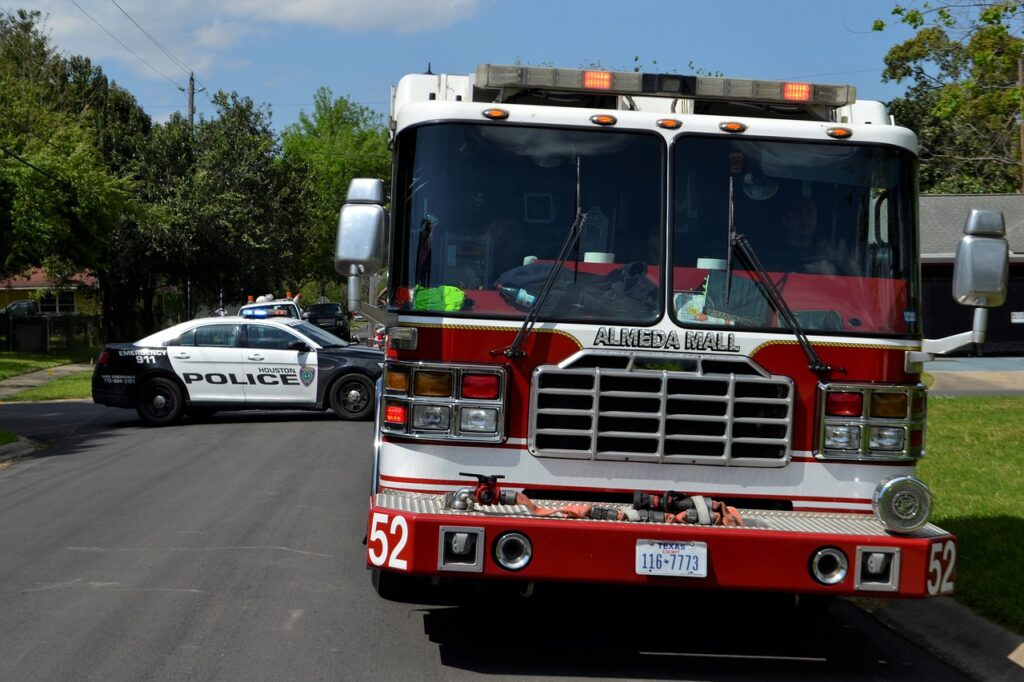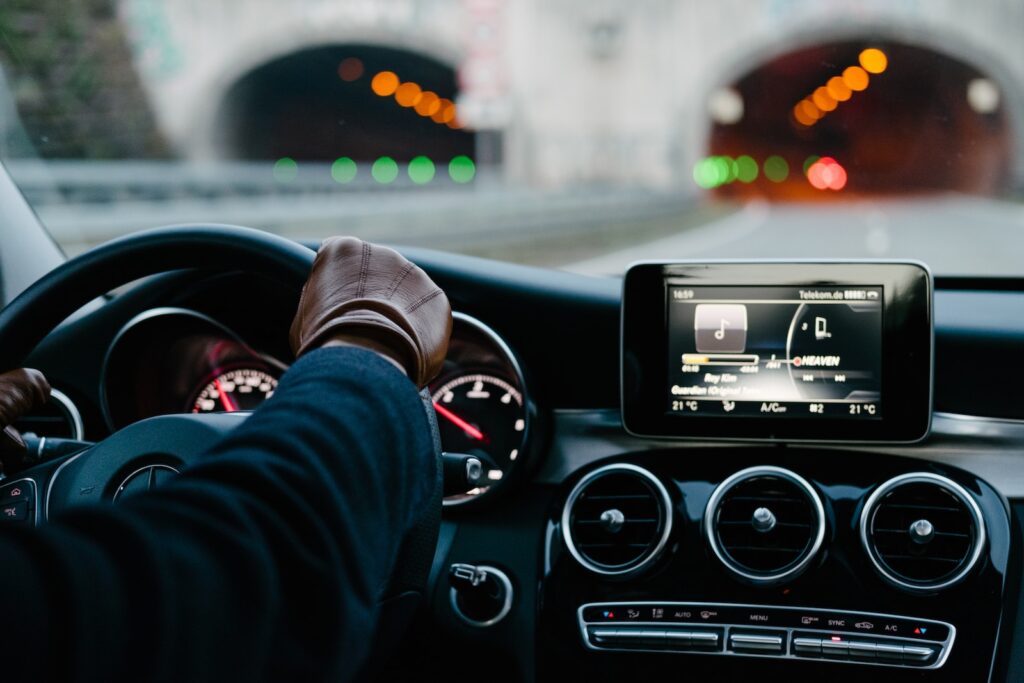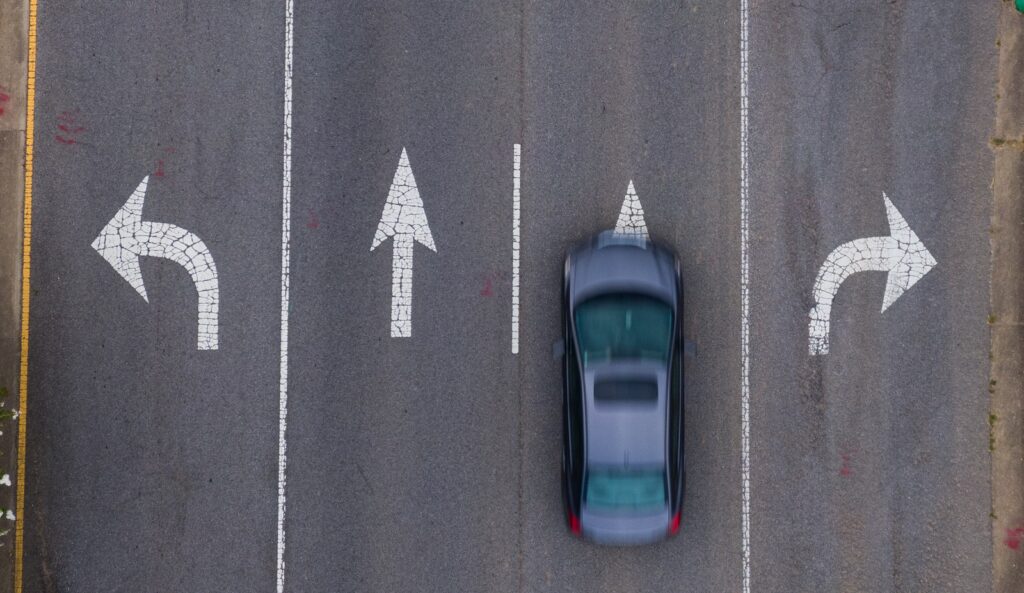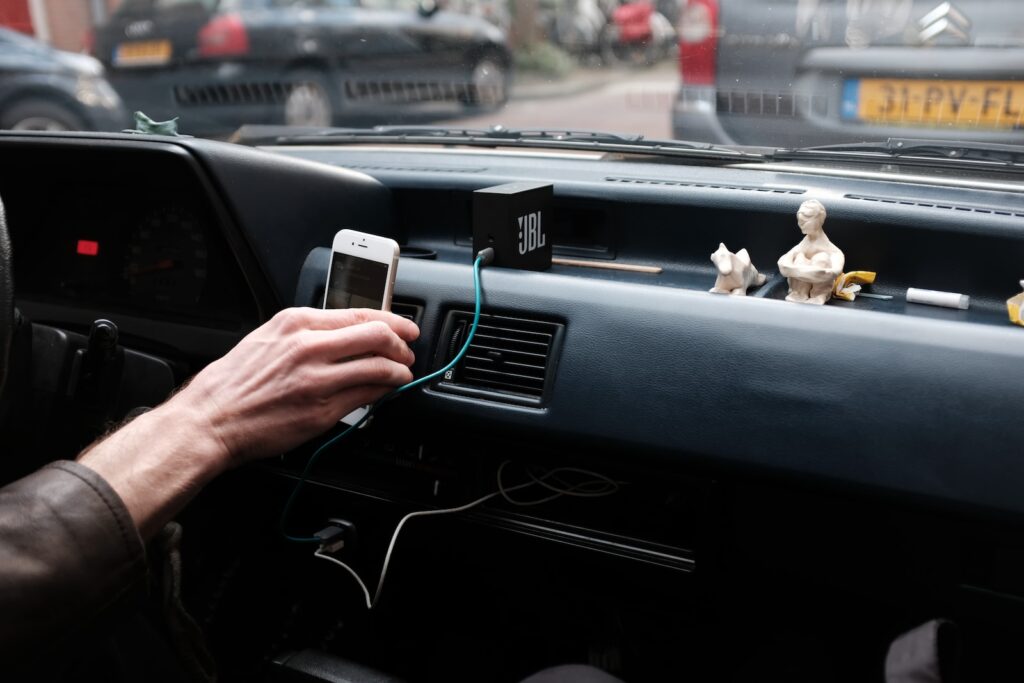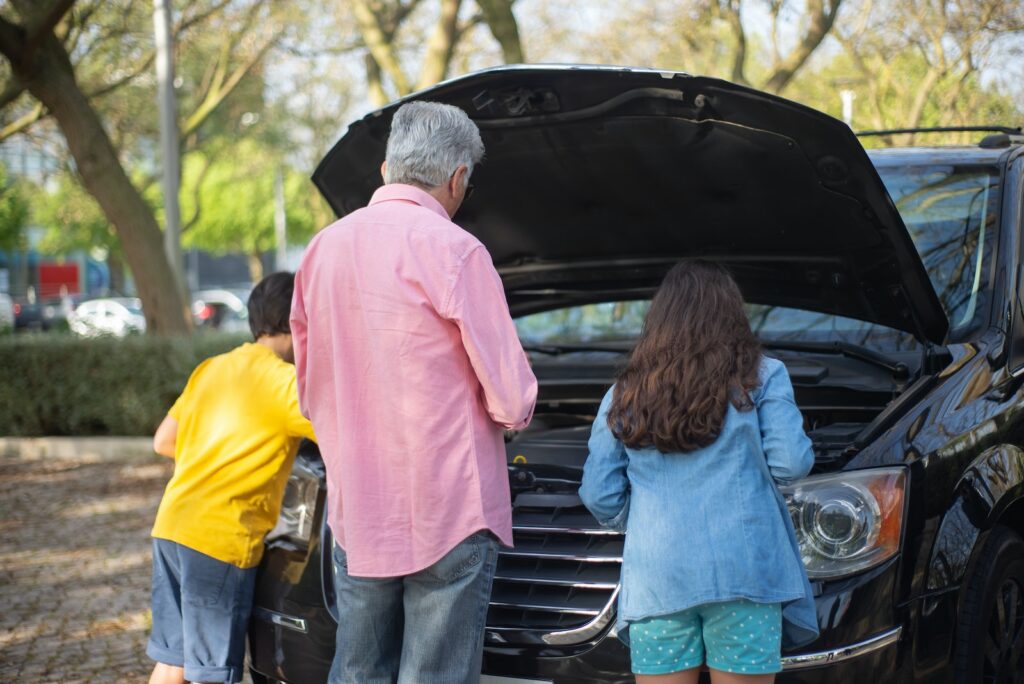Driving is an essential part of modern society, and with it comes the possibility of encountering emergency situations on the road. Whether it’s a tire blowout, brake failure, or an unexpected obstacle on the road, being prepared for these situations can make all the difference. Knowing how to react quickly and safely can help drivers avoid accidents and potentially save lives.
Despite the best efforts of defensive drivers, emergencies can still occur. In these situations, it’s important to remain calm and focused and to take the appropriate steps to ensure the safety of oneself and others on the road. By being prepared and knowledgeable about common driving emergencies, drivers can better handle unexpected situations and reduce the risk of accidents.
Table of Contents
Understanding Your Vehicle’s Safety Features
When it comes to emergency driving situations, understanding your vehicle’s safety features is crucial. In this section, we will discuss two important safety features: ABS and Stability Control, and Airbags and Warning Lights.
ABS and Stability Control
ABS (Anti-lock Braking System) and Stability Control are two safety features that work together to help prevent your vehicle from skidding or losing control during sudden braking or emergency maneuvers.
ABS prevents the wheels from locking up during hard braking, which allows the driver to maintain steering control. Stability Control, on the other hand, uses sensors to detect when the vehicle is losing traction and applies the brakes to individual wheels to help keep the vehicle stable.
Both ABS and Stability Control are essential safety features that can help prevent accidents in emergency situations. It is important to note that these features do not replace safe driving practices, but rather work in conjunction with them.
Airbags and Warning Lights
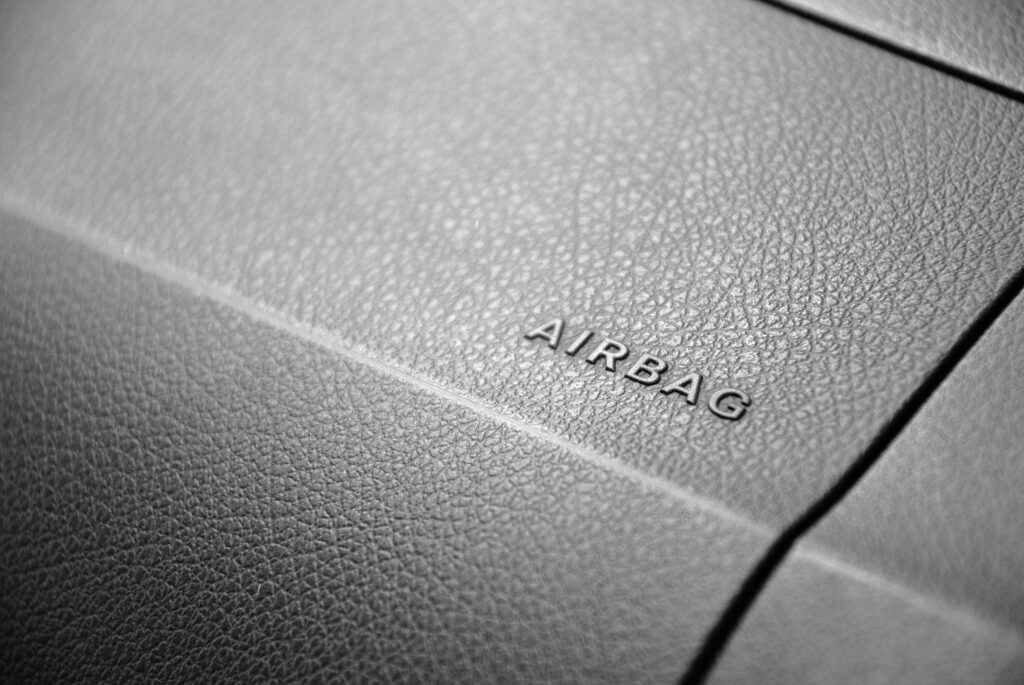
Airbags are designed to protect the driver and passengers in the event of a collision. They are deployed when the vehicle’s sensors detect a sudden impact, providing a cushion between the occupants and the hard surfaces of the vehicle.
Warning lights, on the other hand, are designed to alert the driver of potential problems with the vehicle. For example, the brake warning light may indicate a problem with the braking system, while the airbag warning light may indicate a problem with the airbag system.
It is important to take warning lights seriously and have your vehicle inspected by a professional if one appears. Ignoring warning lights can lead to serious problems and even accidents.
Handling Brake and Steering Failures
When driving, brake and steering failures can be terrifying experiences. Knowing how to handle these situations can be the difference between life and death. This section will provide some tips on how to handle brake and steering failures.
Brake Failure
Brake failure can happen for various reasons, such as a malfunctioning braking system or a broken brake pedal. If the brakes fail, the driver should try to remain calm and follow these steps:
- Pump the brake pedal hard, several times. This will often build enough pressure to regain partial braking ability and slow the vehicle. Do not try this step when driving a vehicle with anti-lock brakes (ABS).
- Drop into a lower gear. This will help to reduce the vehicle’s speed.
- Use the parking brake. Apply the emergency brake slowly and gradually, as a sudden application can cause the vehicle to skid.
- Alert other drivers. Turn on the hazard lights and honk the horn to warn other drivers of the situation.
Steering Failure
Steering failure can be caused by a malfunctioning steering system or a broken steering wheel. If the steering fails, the driver should remain calm and follow these steps:
- Grip the steering wheel tightly. If the steering wheel is loose, try to regain control by turning it back and forth.
- Shift into a lower gear. This will help to reduce the vehicle’s speed.
- Use the emergency brake. Apply the emergency brake slowly and gradually, as a sudden application can cause the vehicle to skid.
- Alert other drivers. Turn on the hazard lights and honk the horn to warn other drivers of the situation.
In both brake and steering failure situations, it is important to remain calm and focused. Drivers should always be prepared for emergencies by checking their brakes and steering systems regularly. If they suspect that there is a problem with their vehicle, they should have it inspected by a mechanic as soon as possible.
Dealing with Tire-Related Emergencies
When it comes to driving emergencies, tire-related issues are some of the most common ones drivers face. Knowing how to handle these situations can help prevent accidents and keep the driver and passengers safe.
Flat Tire

A flat tire is a situation that every driver dreads. It can happen anywhere and at any time, and it can be caused by a number of things, including a puncture, a leak, or a blowout. If a driver experiences a flat tire, they should follow these steps:
- Pull over to a safe location: The driver should try to get the vehicle off the road and onto a level surface. They should avoid stopping on a curve or a hill, as this can be dangerous.
- Change the tire: If the driver knows how to change a tire, they should do so. If not, they should call for roadside assistance.
Turn on hazard lights: The driver should turn on the hazard lights to warn other drivers that they are experiencing car trouble.
Tire Blowout
A tire blowout is a sudden loss of air pressure that causes the tire to burst. This can be a scary situation, but there are steps drivers can take to handle it safely:
Grip the steering wheel: The driver should grip the steering wheel firmly with both hands to maintain control of the vehicle.
Slow down gradually: The driver should take their foot off the gas pedal and let the car slow down gradually. They should avoid slamming on the brakes, as this can cause the car to skid.
Stay calm: The driver should try to remain calm and keep control of the vehicle.
Pull over to a safe location: Once the car has slowed down, the driver should try to get it off the road and onto a level surface.
Change the tire: If the driver knows how to change a tire, they should do so. If not, they should call for roadside assistance.
In both of these situations, it is important for drivers to be prepared. You should keep a spare tire, a jack, and a lug wrench in your vehicle at all times. You should also know how to change a tire and be familiar with your car’s owner’s manual. By taking these steps, drivers can be better equipped to handle tire-related emergencies on the road.
Managing Visibility Issues
When driving, visibility is crucial for safe and effective navigation. However, certain situations can cause visibility issues, making it difficult for drivers to see the road ahead. In this section, we will discuss two common visibility issues that drivers may encounter while driving: headlight failure and heavy rain with wipers.
Headlight Failure
Headlight failure can be a major visibility issue, especially when driving at night or in low-light conditions. In case of headlight failure, drivers should take the following steps to ensure their safety:
- Pull over to the side of the road as soon as possible.
- Turn on the emergency flashers to alert other drivers.
- Use the high beams if possible to increase visibility.
- If the high beams are not working, use the parking lights or hazard lights.
- If none of the lights are working, use the roadside flares or reflective triangles to warn other drivers.
Heavy Rain and Wipers

Heavy rain can also cause visibility issues, especially when combined with malfunctioning wipers. In such situations, drivers should follow these steps to ensure their safety:
- Slow down and maintain a safe distance from other vehicles.
- Turn on the headlights to increase visibility.
- Use the windshield wipers to clear the rain from the windshield.
- If the wipers are not working, pull over to the side of the road and wait for the rain to subside.
- If the rain is too heavy and the wipers are not effective, use the defroster to clear the windshield.
In summary, managing visibility issues is crucial for safe driving. Drivers should be prepared to handle headlight failure and heavy rain with wipers and take necessary precautions to ensure their safety and the safety of others on the road.
Responding to Skids and Loss of Control
When driving, it is possible to encounter situations where the vehicle starts to skid or lose control. These situations can be dangerous and require quick thinking and action to avoid accidents. This section will cover some tips on how to respond to skids and loss of control.
Understanding Skids
A skid occurs when the tires lose traction with the road surface, causing the vehicle to slide. Skids can be caused by a variety of factors, including slippery road conditions, sudden turns, hard braking, and oversteering. To prevent skids, drivers should maintain a safe speed for the road conditions, avoid sudden maneuvers, and keep a safe distance from other vehicles.
If a skid does occur, the driver should stay calm and take the following steps:
Steer in the direction of the skid – If the rear wheels are sliding to the right, steer to the right. This will help the vehicle regain traction and straighten out.
Do not overcorrect – Overcorrecting can cause the vehicle to skid in the opposite direction, making the situation worse. Instead, make small adjustments to the steering wheel to keep the vehicle on course.
Avoid sudden braking – Sudden braking can lock the wheels and cause the vehicle to skid. Instead, gently apply the brakes to slow down.
Running Off the Road
If the vehicle runs off the road, the driver should take the following steps:
Stay calm – Do not panic and jerk the steering wheel back onto the road. This can cause the vehicle to roll over or spin out of control.
Gradually slow down – Take your foot off the accelerator and gently apply the brakes to slow down. Do not brake suddenly, as this can cause the vehicle to skid.
Steer back onto the road – Once the vehicle has slowed down, gently steer back onto the road. Keep the steering wheel straight and avoid sudden movements.
By following these tips, drivers can respond to skids and loss of control in a safe and effective manner. It is important to stay calm and avoid sudden movements, as this can make the situation worse.
Preventing and Responding to Tailgating

Tailgating is a common driving situation that can be dangerous and stressful for the driver being followed. Defensive driving is the best way to prevent tailgating and respond to it when it happens.
The following are some tips for preventing tailgating:
- Keep a safe distance: Maintaining a safe distance between your vehicle and the one in front of you can prevent tailgating. The recommended distance is at least two seconds of the following distance in good weather conditions and four seconds in bad weather conditions.
Use turn signals: Using turn signals can help communicate your intentions to other drivers and prevent confusion that can lead to tailgating.
Drive predictably: Driving predictably means following the rules of the road and avoiding sudden lane changes or stops that can cause other drivers to tailgate.
Avoid distractions: Distracted driving can cause you to slow down or swerve unexpectedly, leading to tailgating.
If you find yourself being tailgated, here are some tips for responding:
Stay calm: Remaining calm can help you think clearly and respond appropriately to the situation.
Don’t brake suddenly: Braking suddenly can cause the tailgater to rear-end you. Instead, gradually slow down and move to the right lane if possible.
Increase your following distance: Increasing your following distance can give you more time to react to the tailgator’s movements.
Avoid confrontations: Confronting the tailgater can escalate the situation and put you in danger. Instead, focus on driving safely and letting the tailgater pass.
By following these tips, drivers can prevent tailgating and respond to it safely and effectively.
Preparing for Roadside Emergencies
When driving, it is essential to be prepared for any roadside emergencies that may occur. To ensure that you are ready for any situation, it is recommended that you have an emergency kit and maintain your vehicle’s batteries.
Emergency Kit
An emergency kit is a collection of items that can help you during a roadside emergency. It is recommended that you keep an emergency kit in your vehicle at all times. The kit should include the following items:
- First aid kit
- Flashlight with extra batteries
- Jumper cables
- Reflective warning triangles
- Tire pressure gauge
- Duct tape
- Multi-tool
- Non-perishable food and water
- Blanket or sleeping bag
By having these items in your emergency kit, you can be ready for any situation that may arise.
Vehicle Batteries
Vehicle batteries are essential to the operation of your car, and it is important to maintain them properly. A dead battery can leave you stranded on the side of the road. To prevent this from happening, it is recommended that you:
- Check your battery regularly
- Keep your battery clean and free of corrosion
- Replace your battery every five to eight years
- Use a battery charger to maintain your battery’s charge
By maintaining your vehicle’s batteries, you can reduce the risk of a roadside emergency caused by a dead battery.
Steps to Take After Accidents
No one wants to be in an accident, but unfortunately, they do happen. If you find yourself in an accident, it’s important to take the right steps to ensure everyone involved is safe and to protect yourself legally. Here are the steps to take after an accident:
Check for injuries: The first thing to do after an accident is to check yourself and others involved for injuries. If someone is seriously injured, call 911 immediately.
- Call the police: Regardless of the severity of the accident, it’s a good idea to call the police. They can file an official accident report, which can be useful when dealing with insurance companies. In some areas, it may be required to report accidents that involve injury or significant property damage.
Take pictures: Take pictures of the scene of the accident, including damage to your vehicle and any other vehicles involved. This can be helpful when filing an insurance claim.
Move to a safe location: If possible, move your vehicle to a safe location, such as the side of the road. This will help prevent further accidents from occurring.
Exchange information: Exchange information with the other driver involved in the accident, including name, contact information, and insurance information. If there are witnesses, get their contact information as well.
Report the accident: Report the accident to your insurance company as soon as possible. They will guide you through the process of filing a claim.
Don’t admit fault: Even if you think you were at fault for the accident, don’t admit fault. Let the insurance companies and legal authorities determine who was at fault.

